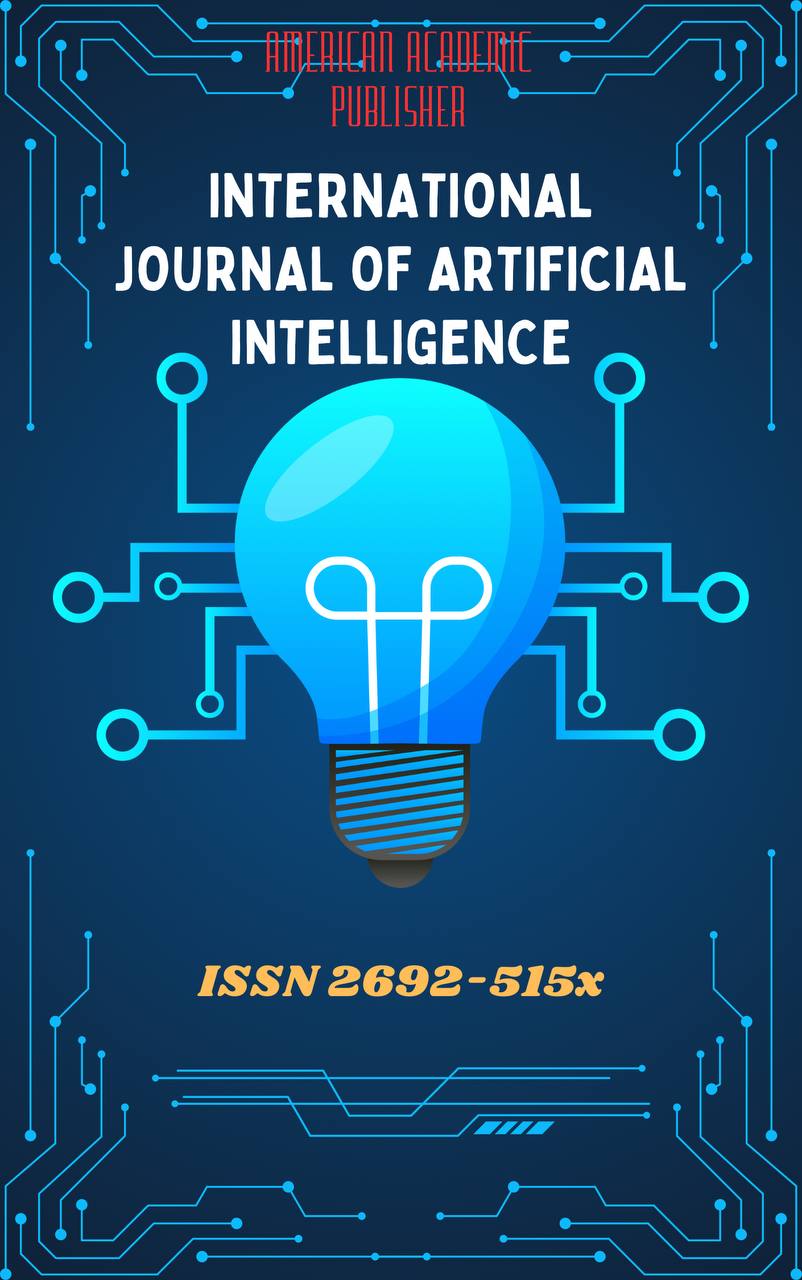 Articles
| Open Access |
Articles
| Open Access | LEXICO–SEMANTIC FEATURES OF THE FORMATION OF MEDICAL TERMS
Abdurasulov Nazirjon , xAbstract
This article examines the lexico–semantic features of the formation of medical terminology in modern English. The study focuses on the structural, morphological, and semantic processes that shape the vocabulary of medicine, including borrowing, compounding, affixation, and semantic extension. The analysis reveals that medical terms are formed not only through linguistic mechanisms but also through cognitive and cultural factors reflecting the evolution of medical science. The study emphasizes the importance of understanding these processes for translators, linguists, and medical professionals, as precise terminology contributes to clarity and accuracy in professional communication.
Keywords
medical terminology, lexico-semantics, word formation, affixation, borrowing
References
Allan, K. (2012). The Oxford Handbook of the History of Linguistics. Oxford University Press.
Cabré, M. T. (1999). Terminology: Theory, methods and applications. John Benjamins.
Crystal, D. (2010). The Cambridge Encyclopedia of the English Language. Cambridge University Press.
Wulff, H. R. (2004). The language of medicine. Oxford University Press.
Bowker, L. (2020). Terminology and Language for Specific Purposes. Routledge.
Dudeney, G., & Hockly, N. (2018). The impact of digitalization on language use in healthcare communication. Springer.
McCrae, J. (2021). Lexical and Morphological Dynamics in Specialized Discourse. Springer.
Kövecses, Z. (2010). Metaphor: A Practical Introduction. Oxford University Press.
Article Statistics
Downloads
Copyright License

This work is licensed under a Creative Commons Attribution 4.0 International License.

